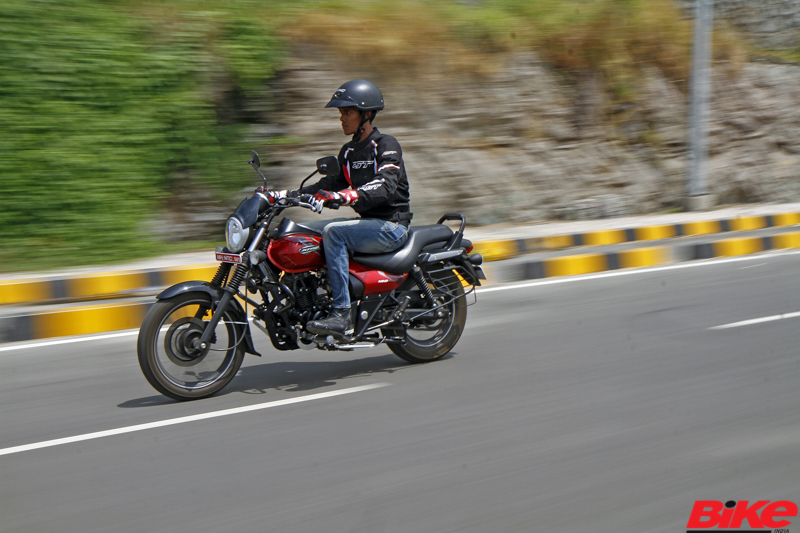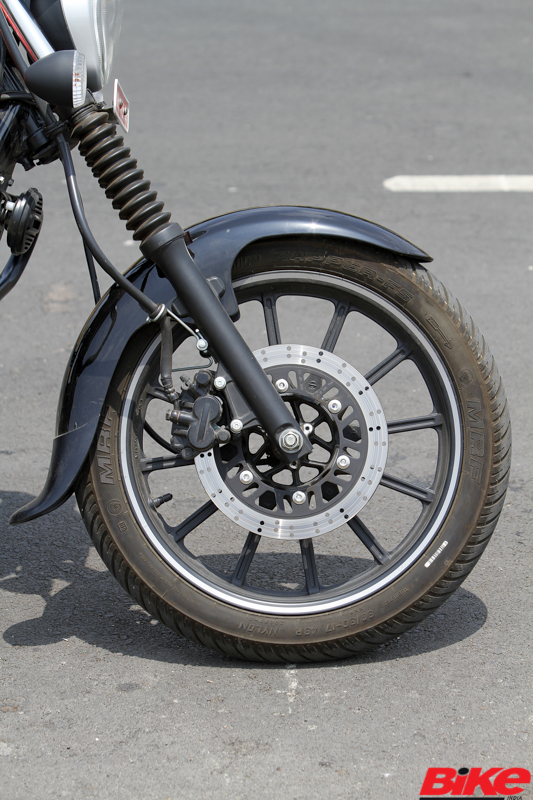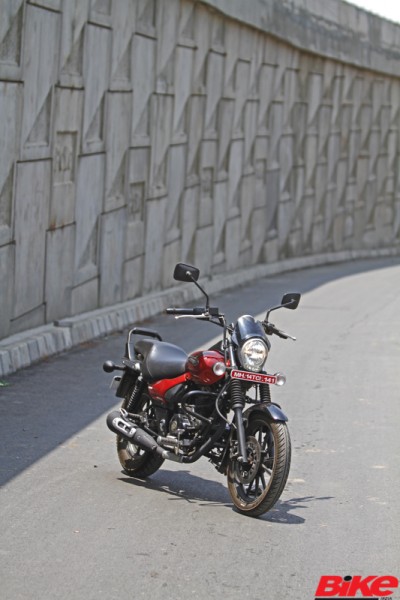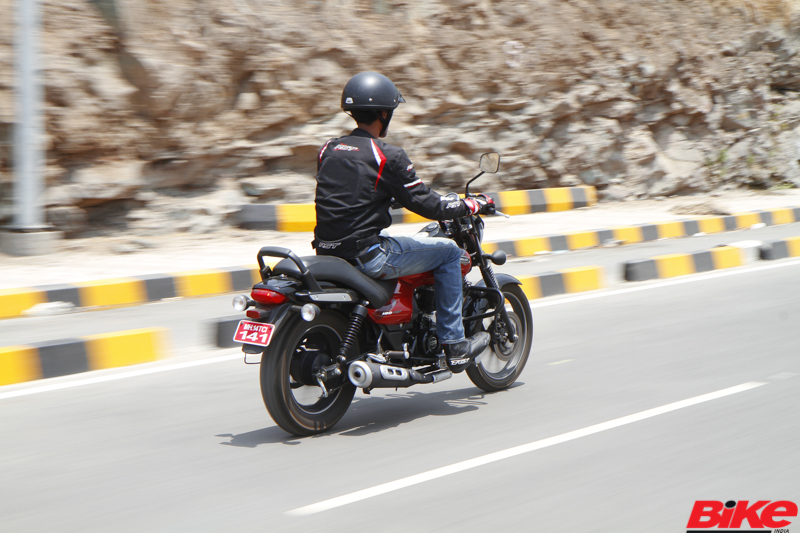
While dealing with Pune city traffic, it became evident that the reworked power and torque curves complement the motorcycle perfectly. The light front end and tractable power delivery enabled me to filter through traffic without working the gears too often. A commendable store of low-end torque enabled the motorcycle to pull away confidently in top gear from 40 km/h.
Having proved itself capable in traffic, it was time to see how far this motorcycle could be pushed. On a deserted stretch of tarmac, I launched it off the line and was able to see 100 km/h on the speedometer with a gear to spare. Fifth gear seemed incapable of making a major difference to the top speed of the motorcycle. A slightly taller fifth-gear ratio could have boosted the motorcycle’s top speed and improved its ability to cruise. The old Avenger 180 dismissed 0-60 km/h in 6.01 seconds and had a top speed of 109 km/h. The latest one managed 0-60 km/h in 5.45 seconds and has a top speed of 103.75 km/h.
The 1,480-mm wheelbase provided commendable straight-line stability and the reworked suspension set-up allowed the motorcycle to dismiss potholes with ease. In typical cruiser fashion, the Avenger was not keen to dive into corners. However, once turned in, it held the line around the corner without fuss.

The front brake has a sharp bite and respectable feedback at the lever; the rear is set up similarly with slightly more pedal travel. In our test, we were able to achieve 80-0 km/h in 3.07 seconds within 34.51 metres. However, if you get too eager with the brakes, the front tends to lock up and step out. Considering that competition are offering ABS as standard, we would have loved to see it being offered on the Avenger, at least as an option.

On the highway, the Avenger came into its own, offering a refined riding experience with no discomfort. In top gear, vibrations began creeping in from the left foot-peg close to 90 km/h. As the needle neared triple digits, the vibration in the handlebar became noticeable. I would say that this one is best enjoyed between 90-100 km/h on long straights with flowing corners. I also had the chance to ride pillion for a short distance. The slightly-narrow-but-plush seat is comfortable and is complemented by a padded grab-rail.

At the end of the road test, I am convinced that the new Avenger is exactly like its superhero namesake. Like Steve Rogers’ latest avatar, the Avenger is also chic and fashionable. However, under the charm, it has remained old-school. The Bajaj Avenger Street 180 is priced very aggressively at Rs 85,498 (ex-showroom), which makes it more accessible than the Suzuki Intruder 150. However, if you invest Rs 10,000 more, you could get the larger Avenger 220 twins, which have more kit and power on offer. At the end of the day, if you are on a tight budget, look no further than the Street 180.
Check out our first ride review of the Bajaj Avenger Street 180, here.


Leave a Reply